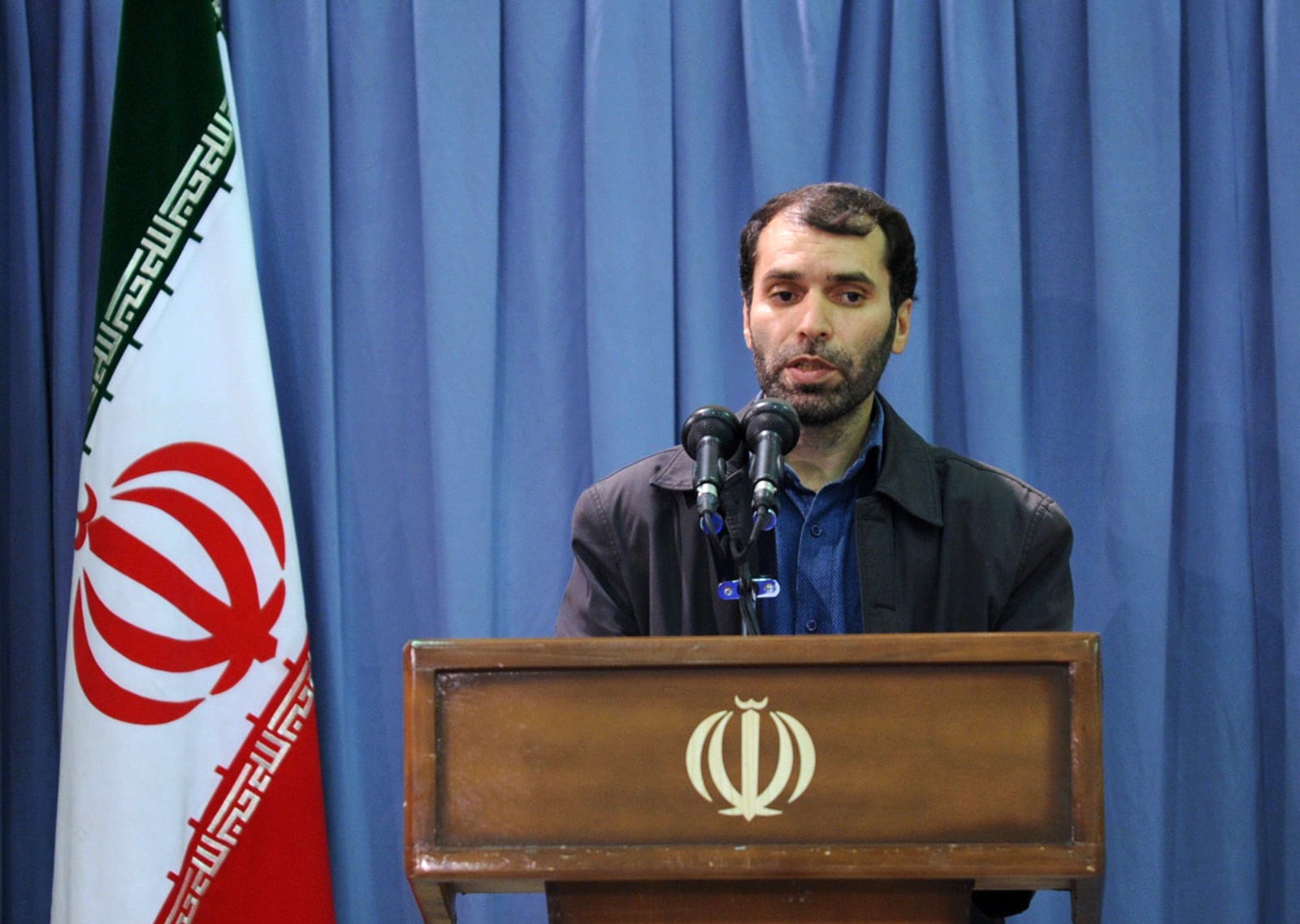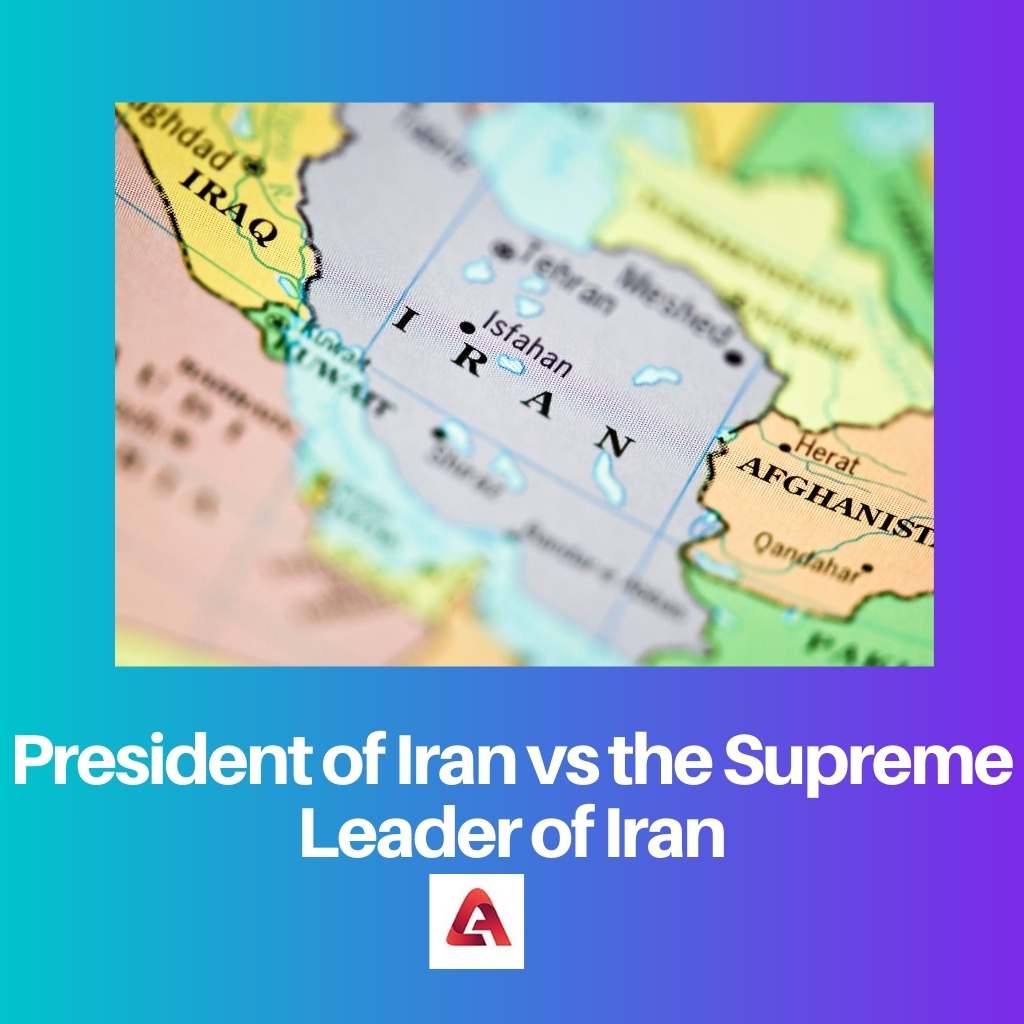Iran's Dual Leadership: Supreme Leader Vs. President Explained
Understanding the intricate political landscape of Iran often presents a challenge to observers accustomed to conventional democratic systems. At the heart of this unique structure lies the fundamental question: what is the difference between Iran's Supreme Leader and President? This distinction is not merely semantic; it defines the very nature of governance in the Islamic Republic, illustrating a power dynamic unlike any other.
For many, the simultaneous existence of a president, typically seen as a nation's highest elected official, alongside a Supreme Leader, a figure wielding ultimate authority, can be perplexing. However, this dual leadership is a deliberate design, a cornerstone of Iran's theocratic-republican hybrid system. To truly grasp how Iran operates, it is crucial to dissect the roles, responsibilities, and ultimate power vested in each of these pivotal positions.
Table of Contents
- Understanding Iran's Unique Governance
- The Supreme Leader: Absolute Authority
- The President: Executive Functions
- A Comparison Chart: Supreme Leader vs. President
- Constitutional Framework: Defining Roles
- The Election Process and Supreme Leader's Veto
- Practical Implications of Divided Power
- Why Both Roles Exist Simultaneously
Understanding Iran's Unique Governance
Iran's political system is a fascinating blend of democratic elements and theocratic oversight, a structure born from the 1979 Islamic Revolution. This unique model necessitates a clear understanding of its distinct leadership roles. Unlike many nations where a single individual serves as both head of state and head of government, or where these roles are clearly delineated between a president and prime minister, Iran operates with a more complex arrangement. That is why the country has a sitting president and a Supreme Leader at the same time. This duality is central to the very fabric of the Islamic Republic, reflecting its commitment to both popular sovereignty and religious guidance. The fundamental **difference between Iran's Supreme Leader and President** lies in their source of authority, scope of power, and ultimate accountability. One is an elected official with executive duties, while the other is an appointed religious figure with overarching ideological and political control.The Supreme Leader: Absolute Authority
The Supreme Leader is, without question, the most powerful figure in Iran. This position, instituted as *Rahbar* ("Leader") in 1979 with the creation of Iran’s Islamic Republic, embodies the concept of *Velayat-e Faqih*, or the Guardianship of the Islamic Jurist. This doctrine asserts that a qualified Islamic jurist (faqih) should hold ultimate political and religious authority over the nation. The current Supreme Leader, Ayatollah Ali Khamenei, holds absolute power, overseeing virtually all functions of government either directly or indirectly.Spiritual and Political Supremacy
Referred to as the “guardian jurist” within Shia Islam, the Supreme Leader wields absolute authority in Iran. This authority extends beyond mere political leadership; it encompasses spiritual guidance, making the Supreme Leader the highest ranking political and religious authority. This dual role means that the Supreme Leader's decisions are not just political directives but are also imbued with religious legitimacy, making them exceptionally difficult to challenge. The Supreme Leader ranks above the president of Iran, acting as the ultimate arbiter in all major state affairs. This ideological and political control over a system dominated by clerics is the obvious difference that sets the Supreme Leader apart from any other position in the country.Appointing Key Figures
A significant aspect of the Supreme Leader's absolute power is the ability to personally appoint the heads of critical state institutions. This includes the military, ensuring loyalty and control over the nation's defense and security apparatus. Furthermore, the Supreme Leader appoints the head of the judiciary, directly influencing the interpretation and enforcement of laws. While the president is the head of the executive branch, the Supreme Leader’s direct appointments to other branches ensure a system where ultimate power consolidates at the top. This power of appointment underlines the comprehensive reach of the Supreme Leader's authority, making it clear that no major state body operates independently of his oversight.The President: Executive Functions
In contrast to the Supreme Leader's sweeping authority, the President of Iran holds formal functions of the executive branch. The president is the highest elected official, subordinate to the Supreme Leader. While the world often focuses on the Iranian presidential elections, it is crucial to understand that the role of the president, unlike executives in many other countries, does not grant full control over the government. The president is in charge of executing the laws and making sure policies are carried out, but always under the ultimate control of the Supreme Leader.Subordinate Yet Essential
According to Article 113 of the constitution, after the Supreme Leader, “the president shall be the highest state official responsible for the implementation of the constitution and, as the head [of the executive branch].” This highlights the president's significant, yet circumscribed, role. The president carries out the decrees and answers to the Supreme Leader of Iran, who functions as the country’s head of state. This subordination is not merely theoretical; it is enshrined in the constitutional framework. For instance, the president is required to gain the Supreme Leader's official approval before being sworn in by the parliament. Moreover, the Supreme Leader has the power to dismiss the elected president if he has either been impeached by parliament or found guilty of a constitutional violation by the Supreme Court. This direct oversight capability underscores the president's subordinate position.Limited Executive Power
In Iran’s constitution, the president is the head of just one branch of government, which is the executive branch. This is a crucial **difference between Iran's Supreme Leader and President** and how executive power is structured compared to other nations, such as the US, where the president typically holds full executive authority. The other branches of government are the legislative branch (headed by the head of the parliament) and the judicial branch (headed by the head of the judiciary, directly appointed by the Supreme Leader). This division of power, with the Supreme Leader overseeing all branches, means the president's executive power is inherently limited. The president's primary role is to manage the day-to-day affairs of the government, implement policies approved by the Supreme Leader, and represent Iran on the international stage, but always within the parameters set by the ultimate authority.A Comparison Chart: Supreme Leader vs. President
To further clarify the distinct roles, here are the major differences between the President of Iran and the Supreme Leader: | Feature | Supreme Leader of Iran
President of Iran vs Supreme Leader of Iran: Difference and Comparison

President of Iran vs Supreme Leader of Iran: Difference and Comparison

What is the difference between the Supreme Leader of Iran and the